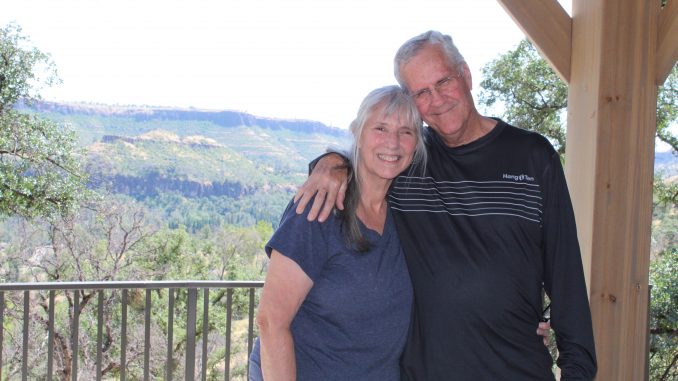
Darlene Lightcap wrapped her arms around her husband, Mark, and smiled as she looked at the tapestry depicting the ashen rubble of their former home. The Lightcaps lost everything they owned in the Camp Fire, and after they rebuilt their home in Butte Creek Canyon two years later, they decided to hang up a visceral reminder of that fateful day in November 2018. The image stands out in their bright and cheery home, where they also display colorful photos and artwork of birds and butterflies.
For the Lightcaps, the depiction is a reminder of “how far we’ve come,” Mark said.
“You can rebuild and go on,” Darlene added.
Nearly four years after the fire, Butte Creek Canyon, a community in northern Butte County between Chico and Paradise, isn’t quite the same. Paradise suffered the greatest losses on Nov. 8, 2018, when faulty PG&E equipment ignited the deadly blaze that killed 85 people, most of whom resided in the town. But other areas of the county—such as Concow, Magalia and Butte Creek Canyon (including communities in Centerville and Helltown)—were also significantly impacted.
Canyon resident Gordon Dise perished in the fire, and residents interviewed for this story estimate that 43 percent of the area’s approximately 460 homes were destroyed in the blaze. They told the CN&R that many of their neighbors have since relocated—some because they couldn’t bring themselves to come back, others because they were renters and had no other options. Still others are in a limbo, hoping to return home pending the results of their claim in the lawsuit against PG&E.
Remaining residents have worked hard to hang on to the strong sense of community that has existed in the canyon for decades. They have focused on rebuilding—their homes and the historic Honey Run Covered Bridge—and preserving their slice of Butte County.
Staying connected
In late 2018, after fire evacuation orders were lifted, canyon residents Nancy O’Neill and Teresa Kludt drove down the winding roads alongside Butte Creek. They were on a mission: to make sure they had an accurate record of the extent of the loss for the Butte Creek Canyon community.
The magnitude of that loss is, in part, how Kludt ended up as president and secretary of the Centerville Recreation and Historical Association (CRHA).
“We had fewer people to volunteer,” Kludt said.
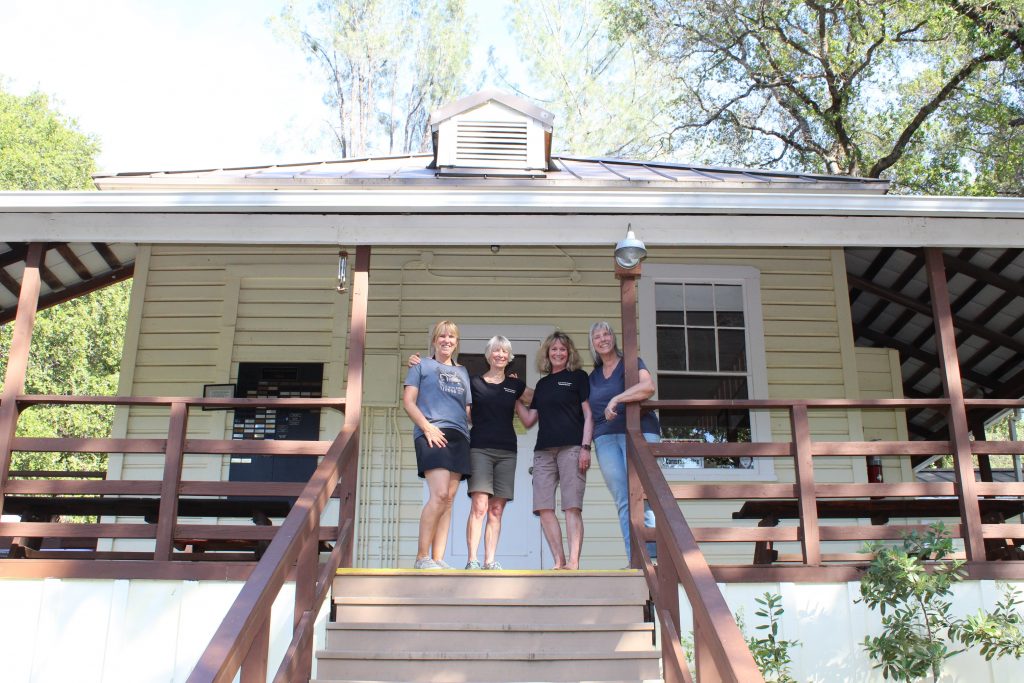
The nonprofit’s mission is to preserve and maintain the Colman Museum and historic Centerville Schoolhouse, the latter built in 1894 and still containing its original school bell. The organization’s focus today would be radically different if local residents had not stayed to fight back the flames and save both buildings during the fire.
This has made a huge difference when it comes to the recovery of the canyon community. The schoolhouse, which stopped functioning as a classroom in the 1960s, has been a tourism destination and hub for gatherings, including fire safety and counseling resource meetings post-fire, as well as potlucks and other recreational events.
On a recent afternoon, Kludt met up with several of her neighbors at the schoolhouse to prep for the canyon’s big annual event: the 49er Faire (happening this Sunday, June 5—see info at bottom of story), featuring arts and crafts, music, food, gold panning and more.
The group was jovial and shared friendly banter while getting to work. Darlene hammered grommets into a banner. O’Neill affixed patriotic garland to the porch railing. Julia Westlund moved tables and helped the group gather and sort faire gift sale donations, an eclectic mix of items from canyon residents including a handmade shawl, woven basket and a golden lamp made with a bicycle chain. Outdoors, between the museum and schoolhouse, a variety of donated succulent arrangements were displayed across multiple tables.
Westlund, who wore a T-shirt with the words “Butte Creek Canyon Strong” and featuring the Centerville Schoolhouse and Honey Run Covered Bridge, grew up in the canyon and attended school there. It was “just like Little House on the Prairie,” she said. She shared the classroom with about 19 other students in first through sixth grades and recalled them playing on an old horse hitching post out front like it was a set of monkey bars.
Westlund also knew Lois Colman, the museum’s founder, who also taught at the schoolhouse. She was just like Aunt Bee from The Andy Griffith Show, Westlund said, describing her as “very sweet, very proper” and always in a dress.
It’s these deep roots that led her to dedicate her time to the association and preserving the canyon’s history—and why she and her husband knew right away that they wanted to rebuild.
“It’s a beautiful place to live and it is a great community,” she said. “We didn’t know where else we would go that we would love as much, so we just decided to take the plunge.”
The faire is an annual CRHA fundraiser for the Colman Museum and Centerville Schoolhouse. Kludt said the organization is currently raising money to repair the schoolhouse porch and also seeking volunteer docents for the museum (see info at bottom of story).
Bridging the gap
Walt Schafer has lived in Butte Creek Canyon for 44 years. He and his wife, Kludt, live on 11 acres with a small farm, where they have enjoyed raising llama, alpaca and sheep. They bring in the animals every night to protect them from prowling cougars, Schafer said. He then chuckled to himself, because he’s not really known in the city for his small farming venture, but rather as the president of the Honey Run Covered Bridge Association (HRCBA), which has been working diligently to rebuild the historic bridge over Butte Creek after its destruction in the Camp Fire.
The bridge, originally constructed in 1887, became pedestrian-only in 1965 and was the site of countless proposals, weddings, picnics and community events, as well as a popular recreation spot. Not long after the fire, the HRCBA decided to dedicate efforts to rebuilding the beloved bridge. In October 2020, Butte County officially transferred bridge ownership to the association, which is tasked with financing the rebuild with private donations.
Schafer said the group is committed to doing all that it can to rebuild the bridge “because it has been an iconic symbol of beauty, history and community” for many decades.
“It will provide not only a link to the past, but a setting for wonderful new experiences for visitors,” he said. “It will represent post-Camp Fire resilience, perseverance and unity for this entire region.”
The new bridge will be reconstructed “as close as possible” to the historic original, Schafer said. (It will have to meet current construction standards, including those for vehicular use if needed.) The previous bridge had an emergency sprinkler system, but the power was cut off during the Camp Fire, rendering it useless. The HRCBA is looking into using a water tank or automatic generator to help protect against any future fires.
The association raised $1.2 million to complete phase one of the rebuild in November 2020, which included construction of foundations, pillars, abutments and slope protection. The engineering plans for the floor and trusses (part of phase two) were also completed.
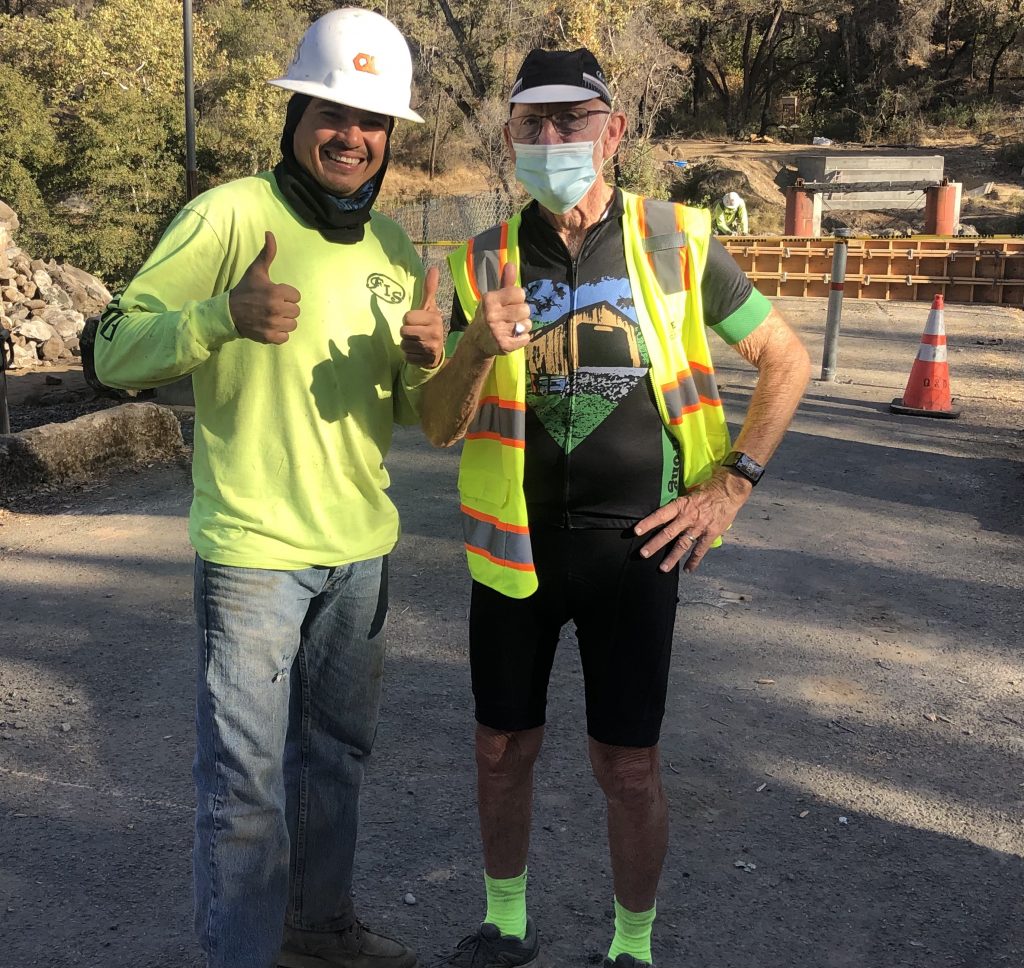
The project is currently stalled pending further funding. Schafer said the nonprofit estimates it needs to raise $1.5 million to complete phase two and $800,000 to complete the final phase, which will put on the finishing touches with the bridge’s covering, siding and roofing.
While the HRCBA has filed a claim in the lawsuit against PG&E, the association is unsure if it will receive a payout or when, Schafer said—and, even so, still would need donations to bridge the gap to cover the full project cost after covering attorney’s fees. The HRCBA is continuing to raise funds through donations, merchandise sales and fundraising events, such as the annual pancake breakfast, held this weekend in conjunction with the 49er Faire (see info at bottom of story).
Last month, Schafer was encouraged by the turn out at the HRCBA’s golf tournament benefiting the rebuild, which drew 120 golfers. “Everybody knows about the covered bridge rebuild and there’s a lot of support for it,” he said.
At the same time that the HRCBA has been fundraising, Schafer has been working with Chico State students on projects to help preserve the town’s recent history and “create a legacy of the bridge and the fire and the recovery.”
For many months during the pandemic, Schafer, a retired Chico State sociology professor, met via Zoom once a week with two Chico State interns to create a slide presentation and video to commemorate the phase one rebuild of the bridge. Their latest project is another video, featuring interviews with Butte Creek Canyon fire survivors, including Schafer and Westlund. All of these videos will added to an exhibit and accessible at the Colman Museum.
Returning home
The impacts of the Camp Fire are still visible in the canyon—damaged trees with twisted limbs pepper the landscape, and empty lots remain where people used to live. But Westlund said she’s been amazed by how many of her neighbors have been able to come back in these past four years. She estimates “well over 50” homes have been rebuilt, based on her observations.
“It was devastated. When you’re looking at all the burnt ruins, you’re thinking, ‘Well, this will never get cleaned up,’” she said. “I am amazed at the progress in this amount of time.”
For many reasons, the rebuild has been slow for their community, Kludt added. Some canyon residents are still waiting for their PG&E lawsuit settlement checks, for example, a deciding factor as to whether they will be able to afford to return. Rebuilding is costly, between lot cleanup, insurance costs and the price of materials. But Kludt still has hope that more of her neighbors will find a way to come back home.
“It does take a long time,” she said, “but the canyon is still beautiful, and we have a strong sense of community.”
It’s that tight-knit community that propelled the Lightcaps forward in their mission to return home after the devastation of the Camp Fire, Darlene said. They, too, love the natural beauty and peacefulness of the canyon, and knew they could make it through the long years and stress of rebuilding because they had friends and neighbors whose homes survived and who chose to stay, like Kludt and Schafer.
Darlene said in those early days, she told Kludt that “we need people like you to stay here, to be our hub, to keep [our community] going.
“You’re still there, and that’s what’s bringing us back.”
The 57th Annual Pancake Breakfast happens Sunday, June 5, 8 a.m.-11 a.m. at Honey Run Covered Bridge. $10 adults; $6 kids under 12.
The 49er Faire happens Sunday, June 5, 9 a.m.-3 p.m., at Centerville Colman Museum and Schoolhouse, 13548 Centerville Road. Free.
Support the canyon:
The Centerville Recreation and Historical Association is seeking volunteer docents and raising money to repair the deck of its historic Centerville Schoolhouse. Go to centervillemuseum.com or call 530-893-9667 to learn more. The Honey Run Covered Bridge Association is raising money to cover the cost of the bridge rebuild. Go to hrcoveredbridge.org to learn more.


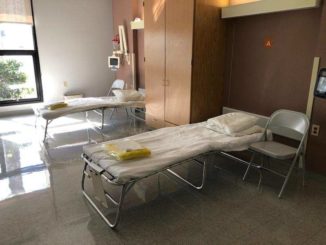
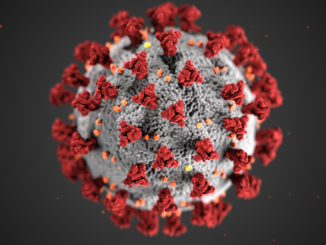
Be the first to comment